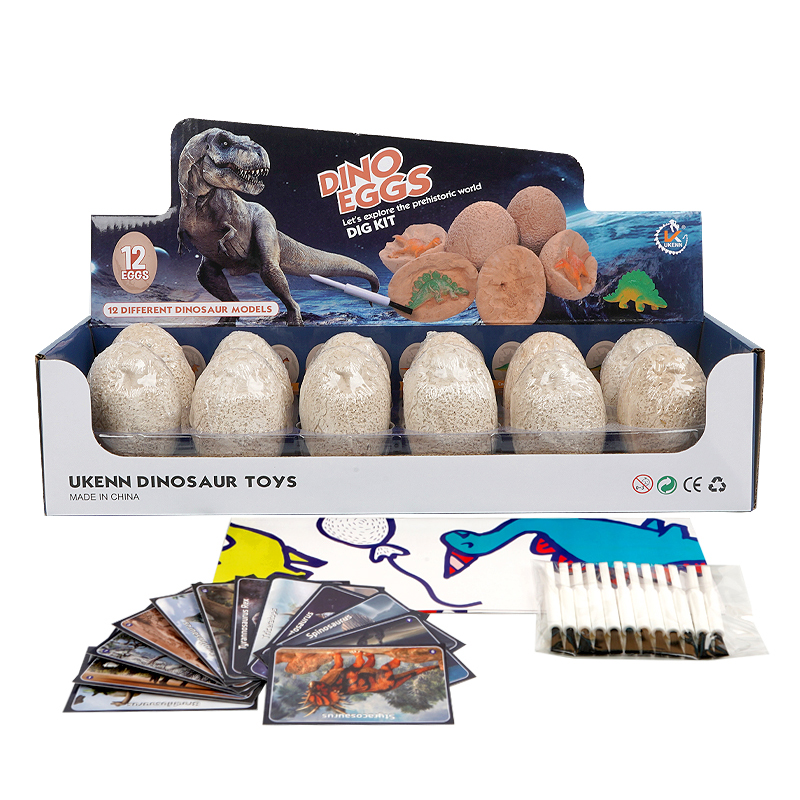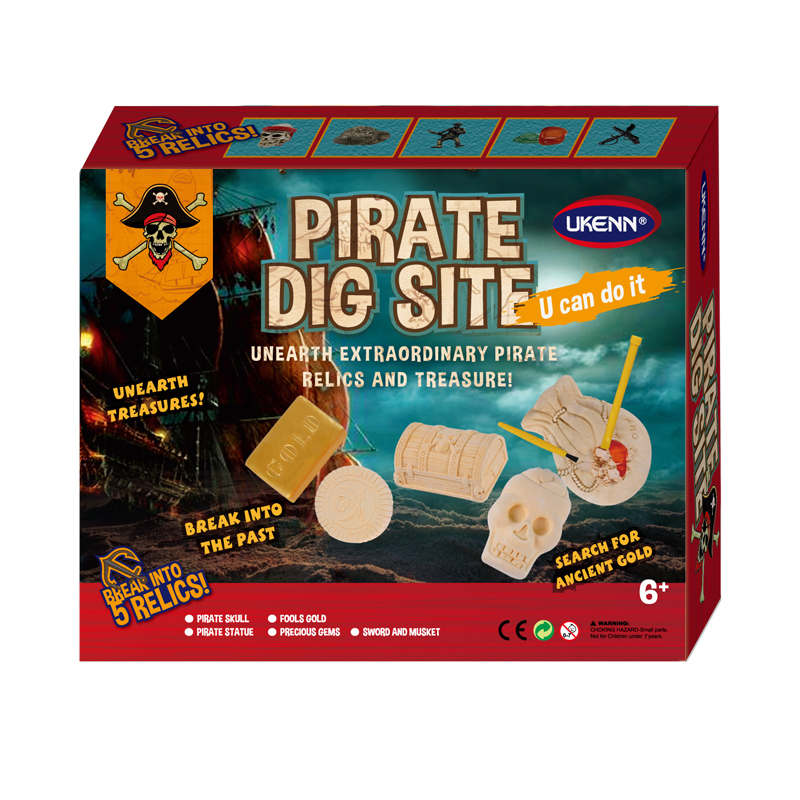To revisit this article, visit My Profile, then View saved stories.
To revisit this article, select My Account, then View saved stories Stem Home Kits

If you buy something using links in our stories, we may earn a commission. This helps support our journalism. Learn more. Please also consider subscribing to WIRED
Anyone who has ever watched a toddler methodically take apart a Tupperware drawer should know that many children are natural-born engineers. Your only job as a parent is to nurture their creativity … and clean up the mess afterward. Between us—product reviewer Scott Gilbertson, editor Adrienne So, and I—we have seven kids. This, honestly, is the most fun part of my job—calling in STEM toys for my kids and I to test together and recommend to you. It hardly feels like work at all.
Wrap up a few of these STEM toys (also called STEAM toys; we love you too, Arts!) and books for your future scientist to blow up, burn up, or dismantle. Hopefully, they'll thank you for the early encouragement when they're older. Be sure to check out our many other buying guides, including Our Favorite Subscription Boxes for Kids and The Best Gear for Traveling With Kids.
Updated May 2023: We added The OffBits, Ozobot Evo, Geomag Glow, and the Ultimate Coding Kit, removed ClicBot as it's unavailable, and updated prices throughout.
Special offer for Gear readers: Get a 1-year subscription to WIRED for $5 ($25 off). This includes unlimited access to WIRED.com and our print magazine (if you'd like). Subscriptions help fund the work we do every day.
Every kid that I know is addicted to these things. It's been several years, and at 5 years old, my son can still occupy himself with these for hours. Translucent Magna-Tiles click together to form both two-dimensional shapes and three-dimensional objects. Younger kids can make a house with a backyard and fences, or ice cream cones. With an older kid, the sky is the limit—or, rather, your credit card is, since there are wheelbarrows full of expansion sets you can buy.
If these are too pricey, there are alternatives that work just as well, like Picasso Tiles, which are $20 for 60 pieces. —Adrienne So
Turing Tumble is a wonderful way to teach kids coding fundamentals. It combines the simple pleasure of marble runs with a beautifully illustrated sci-fi comic book packed with challenging puzzles. The board resembles a pachinko game, and you have to slot in different pieces to divert the blue and red balls and get the required pattern at the bottom. My 9-year-old spent hours working through the puzzles, reconfiguring this marble-powered computer. As the challenges grew tougher, the whole family joined in to find solutions. Well-designed, satisfying, and rewarding, this is a good pick for kids 8 and up. —Simon Hill
Teaching basic coding concepts to young kids is a challenge. To do it without a screen is even tougher. But QUBS has come up with an elegant solution. These beech wood blocks look like buildings, but each has a symbol relating to a command (turn left, turn right, U-turn, repeat the last command, stop, record path, play path). When kids put the magnetic top on the red car, it begins to drive. Using radio-frequency identification (RFID) technology, the car reads the commands on the blocks. There’s a lovely guidebook that includes stories and activities, but the best thing about this Montessori-inspired wooden toy is that kids can dive in and learn how it works through play. —Simon Hill
Lego Education's Spike Prime building set is a complete DIY robot-building classroom in a box. Literally. Prior to the abrupt rise in distance learning this year, Lego marketed this primarily to schools. It comes with its own lesson plans, but don't let the seriousness fool you—my kids love this set and went from never having used it to programming their own robots (using the drag-and-drop Scratch programming language) in a couple of afternoons.
Lego keeps updating Spike Prime too. Recently it released a new series of plans for bots that track exercise and help kids learn about motion and energy transfer. —Scott Gilbertson
Sphero acquired STEAM toy company LittleBits in 2019. Sphero's toys are always so cute, I want to eat them whole; I particularly liked the new Sphero RVR. But for sheer aesthetic pleasure, it's hard to compete with the Specdrums.
These tiny, pocketable rings turn all the colored surfaces around you into a potential musical instrument, and turn anyone into an amateur DJ. Use the app to assign sounds to colors or vice versa. When you tap on different colors, you can hear the different tones. Anyone from toddlers on up can play with these and find them vastly entertaining. You can also buy a one-ring set for $25. —Adrienne So
Tacto uses physical pieces to turn your iPad, Android, or Fire tablet into a game board. Tacto Chess teaches the basics, from how the pieces move to strategies for victory. The animated app boasts friendly voice acting and stories to draw kids in. There are also chess puzzles to solve and a move predictor, and your child can play against AI or another person. Both my kids (9 and 12) have enjoyed some time with this, so it works well for different ages and abilities, but it was a little fiddly to get pieces to register on the iPad Mini, so a larger tablet is advisable. Other Tacto packs cover dinosaurs, classic board games, coding, lasers, and electronics. —Simon Hill
Chronicle Books' gorgeous picture book tells the story of Ken Nedimyer, an environmental scientist, live rock farmer, and fish collector who founded the Coral Restoration Foundation.
The book weaves together details of Nedimyer's biography with facts about coral reefs—I did not know that corals spawn like fish do—and luminous underwater landscapes and depictions of scuba diving. It makes environmental preservation and following your passions look both doable and fun. —Adrienne So
The Osmo tablet accessory and gaming platform for kids merges the physical and digital worlds in a way few toys manage. Your kids can tackle solving puzzles and playing word games with blocks and tiles you move around on the table in front of them. The Osmo hardware captures what they're doing and translates it into actions on the screen.
Osmo recently launched several new titles, including a math-related dragon game that's been a hit in our house. Give the hardware requirements a close look to be sure your iPad or Fire tablet is compatible. —Scott Gilbertson
My entire household found this magnetic construction set irresistible, and there has been a new 3D structure on the coffee table every morning. The kit comprises glow-in-the-dark magnetic rods (crafted from recycled plastic), steel spheres, and plastic bases in different shapes. You also get storage boxes to put everything away in. There’s a guide in the box with a few suggested structures, but creating your own is a big part of the appeal. There are sets of various sizes suitable for kids 3 and up. —Simon Hill
These beautifully illustrated cards depict legendary women who made significant contributions to science, technology, engineering, and mathematics. There’s a focus on Black and Indigenous women of color, because they are woefully underrepresented in most STEM discussions. Stylized portraits are combined with interesting brief biographies that recount their journeys and highlight their achievements. There are also thoughtful questions to provoke conversation and debate, which makes the deck a useful teaching resource for teens. But it is on the pricey side.
The makers, the Represented Collective, also offer puzzles for younger kids. We tried Nakira’s World Nature Hike ($24), a jigsaw with two pairs of decoder glasses and a puzzle book. Youngsters will enjoy examining the nature scene, and the booklet has links to culturally relevant reading and offers an introduction to Ojibwe vocabulary. —Simon Hill
Everyone who has come across a Crayola crayon has probably melted one, whether accidentally or on purpose. Crayola's Color Chemistry set includes enough brightly colored Crayola ingredients for 16 activities out of the box, and up to 50 with common household ingredients. Exploding volcanoes and colorful quicksand are just a few of the eye-catching experiments that you can look forward to trying. —Adrienne So
This super-cute robot looks like it rolled straight out of a Pixar movie. With a big, expressive eye atop three balls, it zips around with real personality, which helps it successfully combine play and learning in a way that every STEM toy aims for but many fall short of. Dash has lived with us for several years now. It’s a durable toy that works on a simple level like a remote-controlled car, but it also ties in with various apps to play games, solve puzzles, and create programs. Lego connectors for Dash’s head add to the creative possibilities. Wonder Workshop also offers some optional accessories and a similar robot called Cue Quartz ($200) that can talk. —Simon Hill
No one needs a Bluetooth-enabled Rubik's Cube, but once you get your hands on a GoCube you probably won't be able to put it down. Smart sensors inside the beautiful, glowing cube connect to a companion app on your phone and sense where each block is positioned. You can learn algorithms and strategies that will help you get your solve-time down. And if you give everyone you know a GoCube, you can also stage live competitions with friends and family! —Adrienne So
My kids love this moldable sand and have happily spent countless hours over the years making tabletop structures. It behaves like wet sand and never dries out, so you can shape it with your hands or use tools and molds to make castles. It comes in many colors and clumps together easily but doesn’t stick to your hands or surfaces. While it’s generally easy to clean up, it’s a good idea to confine play to a tray or table and supervise your kids, or you may end up picking tiny bits of pink sand out of your carpet. —Simon Hill
No parent has ever complained that their child was reading too much. You might think that Amazon's Kindle Kids a regular Kindle Paperwhite, but it includes a year's subscription to Amazon Kids+ (formerly FreeTime Unlimited), a two-year replacement guarantee, and, yes, a cute cover.
Not only does Amazon Kids+ give your child access to more than a thousand kid-friendly books in both English and Spanish, as well as Audible titles, I found it easy to whitelist even more free titles (free books!) from my local library using Amazon's parent dashboard. You can also highlight or look up difficult words, or add them to a Vocabulary Builder tool. Testing this Kindle is the first time I've gotten my 5-year-old interested in longer chapter books, so I'd give it a ringing endorsement based on that alone. —Adrienne So
Many STEM toys dumb down programming tasks, and that can limit their usefulness. The kits from Let’s Start Coding reject that approach, offering hands-on time with electronic components and challenging kids to dive straight in and create programs in C++. The Ultimate Kit includes 23 separate parts, including an LCD screen, speaker, LED strip, various sensors, and more. There are more than 100 projects to embark on, with example code that kids can tweak and helpful, if somewhat dry, walkthrough videos.

Dinosaur Skull Excavation Kit My kids required some encouragement and supervision with this, and I think the suggested age of 8 years and up is low. Perhaps more important than age is a genuine interest in hardware and coding. But there’s satisfaction in successfully controlling hardware components. A Windows, Mac, or Chromebook desktop or laptop is required to use the free software. Younger kids may be better starting with a smaller, more focused kit like Code Rocket ($70). —Simon Hill